The Impact of Fonts on your
Website’s Page Speed

Web design transcends mere aesthetics; it's an intricate balance of visual appeal, user interaction, and efficient performance. Among the critical elements shaping your website's design, fonts hold a pivotal role not only in branding and readability but also in influencing your site’s overall loading speed. This article explores the substantial impact fonts have on your website's page speed and underscores the necessity of optimizing web fonts for a flawless user experience.
Delving into Web Fonts and Their Impact on Page Speed :
In the world of web design, both web fonts and system fonts are integral, each bringing its unique benefits and limitations. Web fonts are dynamic typefaces that are downloaded from the internet each time a webpage loads. They provide designers with extensive creative freedom, ensuring typographic consistency across various platforms and operating systems.
Conversely, system fonts are the default typefaces already installed on a device, enabling quicker webpage load times since they don't require fetching from a remote server. While system fonts offer speed, they limit design flexibility and may affect visual consistency across different devices.
Understanding the Trade-offs :
Web fonts enhance user experience by offering a broad array of typefaces, which helps in crafting a unique and personalized web presence. However, this can come at the cost of increased page load times due to the need to download these fonts with each site visit.
On the other hand, system fonts contribute to faster web experiences due to their immediate availability but at the expense of creative expression. Balancing these aspects is crucial for optimizing web design to achieve the best user experience.
Download and File Size :
Web fonts, typically hosted on external servers, can significantly extend download times, impacting the website's performance. The file size of these fonts is a major determinant of page speed; larger files take longer to load, detracting from the user experience. Popular formats include TrueType (TTF), OpenType (OTF), Web Open Font Format (WOFF), and the more efficient Web Open Font Format 2.0 (WOFF2), which offers better compression and faster loading.
Optimizing the Loading Process :
The font loading mechanism is a critical yet often overlooked factor that can greatly influence page speed. Techniques such as employing preload headers can accelerate the loading of essential fonts, thus boosting site speed. However, it's vital to balance this by only loading necessary fonts to prevent performance degradation.
Final Words :
Selecting the right fonts is crucial for your brand’s identity and readability, yet it's imperative to ensure they do not compromise your site's speed. By understanding the implications of font choices on load speed and adopting the outlined optimization strategies, you can achieve a perfect harmony between aesthetics and performance. For comprehensive page speed optimization services that bolster your SEO and digital presence, consider partnering with Geniway Agency, your premier UK Digital Marketing Agency. Contact us today to enhance your online visibility!
